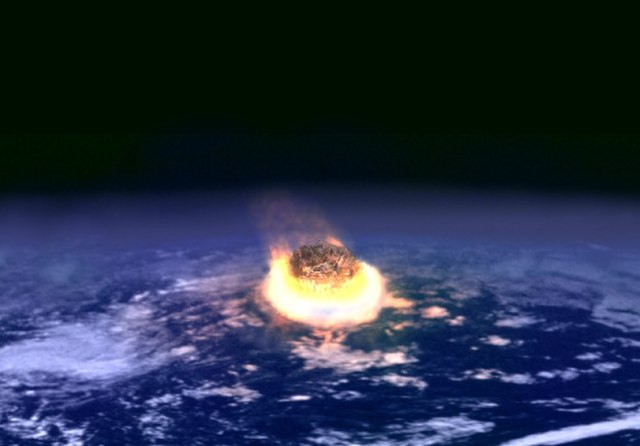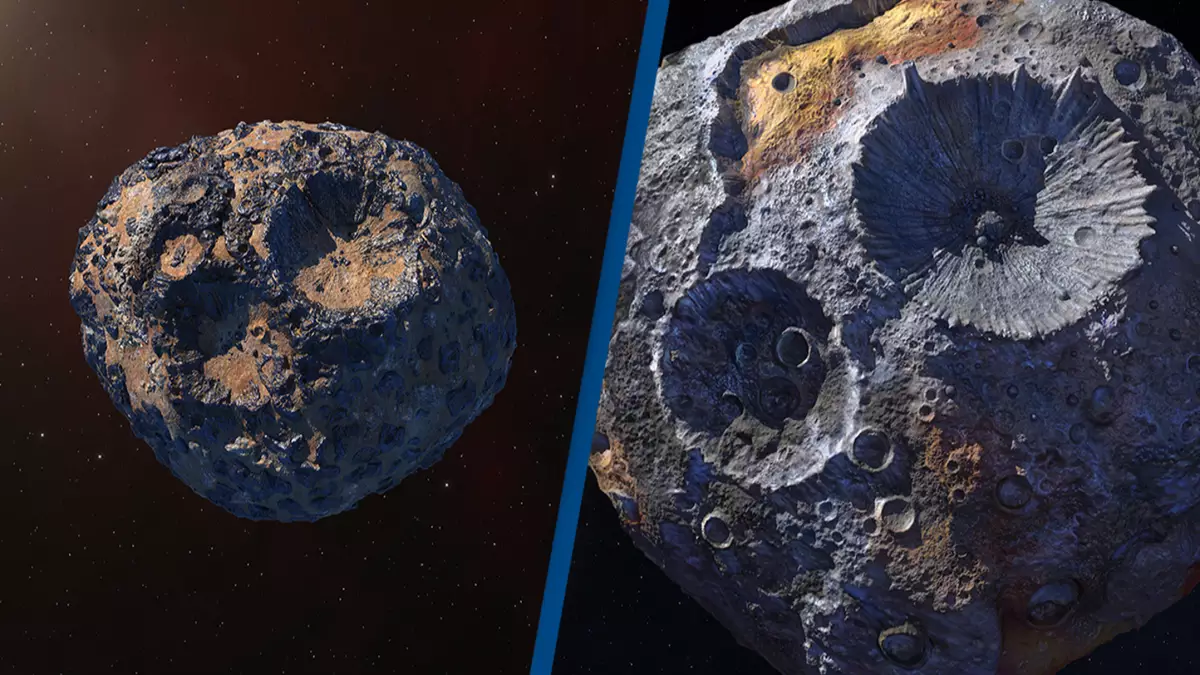
Researchers have confirmed that a massive asteroid, which struck Earth and caused the extinction of the dinosaurs 66 million years ago, was accompanied by another, smaller asteroid.
This second asteroid slammed into the ocean near West Africa, resulting in a massive hole in the sea floor. The impact was disastrous. It triggered a giant wave, a tsunami, which was at least 800 meters tall and swept across the Atlantic Ocean.
Discovery of Nadir crater
Dr. Uisdean Nicholson from Heriot-Watt University discovered the Nadir crater in 2022. Initially, there was some doubt as to what caused this large hole under the sea. Now, Nicholson and his team are certain it was formed by an asteroid crashing into the seabed.
They are not sure of the exact date of this event, nor can they tell if it happened before or after another massive asteroid hit Mexico, creating the Chicxulub crater that led to the extinction of the dinosaurs.
However, they believe this smaller asteroid also struck toward the end of the Cretaceous period around the same time the dinosaurs disappeared. As it entered Earth’s atmosphere, it likely turned into a massive fireball.
Analyzing the impact
Nicholson gives a vivid comparison to explain the scale of the impact: “Imagine the asteroid was hitting Glasgow and you’re in Edinburgh, around 50km away. The fireball would be about 24 times the size of the Sun in the sky—enough to set trees and plants on fire in Edinburgh.”
Following the impact, an incredibly loud blast of air would have occurred, soon followed by ground shaking similar to a magnitude 7 earthquake. Large amounts of water were likely forced up from the seabed and later fell back, leaving distinct marks on the ocean floor.
It is rare for such large asteroids to leave our solar system and head towards our planet so close in time. However, researchers are still unsure why two asteroids struck Earth in such a short period.
Comparative size of the Nadir asteroid
The asteroid that formed the Nadir crater was between 450 and 500 meters wide and struck Earth at a speed of about 72,000 kilometers per hour. The closest event in human history to this magnitude was the Tunguska event of 1908, in which a 50-meter asteroid exploded above Siberia.
The Nadir asteroid was roughly the size of Bennu, a well-known asteroid that poses a significant risk to Earth. NASA estimates that the most likely date Bennu could collide with Earth is September 24, 2182, though the chances are slim, at one in 2,700.
No asteroid impacts of this size have occurred in recorded human history. Scientists usually study worn-down craters on Earth or crater images from other planets to learn more. To gain a better understanding of the Nadir crater, Nicholson and his team used high-resolution 3D data from TGS, a geophysical company.





